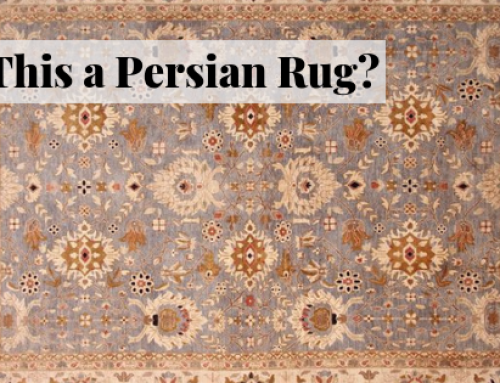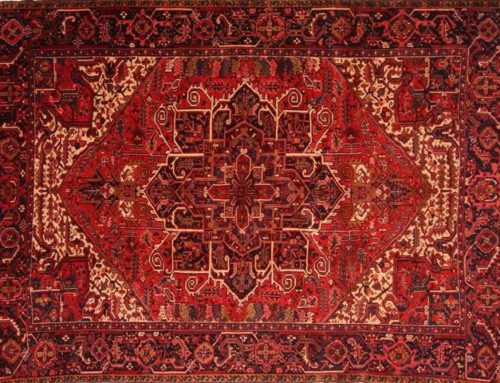The bakhtiari rug is a popular Persian rug. Each tribe, village and city has made its own mark in the production of hand knotted rugs. The bakhtiari rug from the bakhtiari tribe is no exception. Bakhtiari rugs are among the most durable Persian carpets and practical for everyday use.
Origin of the Bakhtiari rug
The Bakhtiari tribe is one of the most ancient nomadic tribes in Persia. Historically, they’ve created a diverse quality of handmade area rugs. The tribe is mostly located in the province of Chahar Mahaal and Bakhtiari in Iran. As a tribal people, they have weaved rugs for centuries. However, Bakhtiari Persian rugs were first introduced to the west in the 19th century. This correspondence with the demand of Persian rugs by European and American households.
The Bakhtiari tribe lived in tents and traveled often. They initially weaved rugs for their personal use. Hence, their rugs protected them from the cold and humid floors of their tents. Gradually, most Bakhtiari tribes settled in permanent houses. This led to the production of refined rugs. As a result, the rugs were suitable for high end customers and city users.
Bakhtiari rugs are popular for their designs and motifs. Moreover, other countries have also used their style. These countries include:
- Pakistan
- Afghanistan
- India
- China
However, experts can easily identify an authentic Bakhtiari rug from those made in other countries.
Bakhtiari Rug Material
Bakhtiari rugs use wool for the pile of the rug and cotton for the base of the rug. These rugs have a medium to high pile and are relatively heavy rugs for their size. The base of the rug is made of two components. The vertical lines form the foundation of the rug are called warp. And the horizontal threads that are called weft. The warp and weft are passed through each row of knots. This ensures that the knots are never removed from the rug.
There are some smaller Bakhtiari floral rugs that use pure wool both on in the foundation and in the pile. The best established combination for a floral rug is the cotton on the foundation and wool on the pile. Cotton makes the foundation strong and resistant to moth. Also, wool on the pile gives a nice soft surface to the rug. Wool is also the best material to hold the dye for a long period. Bakhtiari rugs use wool that is produced locally. There are different varieties of wool depending on the pastures used by the Bakhtiari people.
Exception to the rule
Beside general rugs, some weavers may use different materials. For instance, an artist can customize his rug by using silk. Thus, the finest Bakhtiari rugs use the same Bakhtiari designs and motifs. Instead, they will use silk either in the pile or in the foundation of the rug.
Dye in Bakhtiari area rugs
These rugs use vegetable and natural dye. As a nomadic tribe, they found different dyeing vegetables and natural materials. However, in recent times some rug weavers have started using synthetic dye or a mix of synthetic and vegetable dye. Moreover, an authentic Bakhtiari rug will use vegetable dye of the abundance of plants and roots. Hence, it is more economical. However, if the rug is copied in India, for example, in large workshops, they are likely to use synthetic dye.
Colors
Bakhtiari rugs are dominated by shades of brown, rust red, black and beige colors. Moreover, Bakhtiari rugs also use dark navy blue, white and orange.
The best Bakhtiar rugs
The highest density knots are called Bibibaf. This literally means “Grandmother’s weave” and is considered the best. More affordable quality rugs are called Hori carpets.
Popular designs
There are several designs in Bakhtiari Persian rugs that are more popular than others. Among them, a large medallion rug that almost covers the entire width of the rug. The medallion in these rugs is often blended with the rest of the rug. Normally, the medallion is surrounded by motifs. Furthermore, the flower garden motif is popular in bakhtiari rugs.
Two other popular designs are:
- Kheshti
- Shatranji
Khesti means “brick” and Shatranji means “chess.” The carpet is divided into block of squares and rectangles. Each block is filled with animal and plant motifs. Both designs are very similar. The exception is that the chess design is organized with contrasting colors alternating between boxes. However, in the kheshti design, the squares are randomly located and there are more fewer contrasting boxes. In addition, another similar pattern in Bakhtiari is an all over diamond design. The diamond design usually has pine trees or floral patterns in their boxes. Pine trees are a popular motif in Bakhtiari rugs.
These rugs also have unusual sizes including wide runners and oversize rugs. Shop Rugman’s collection of Bakhtiari rugs by clicking here.


